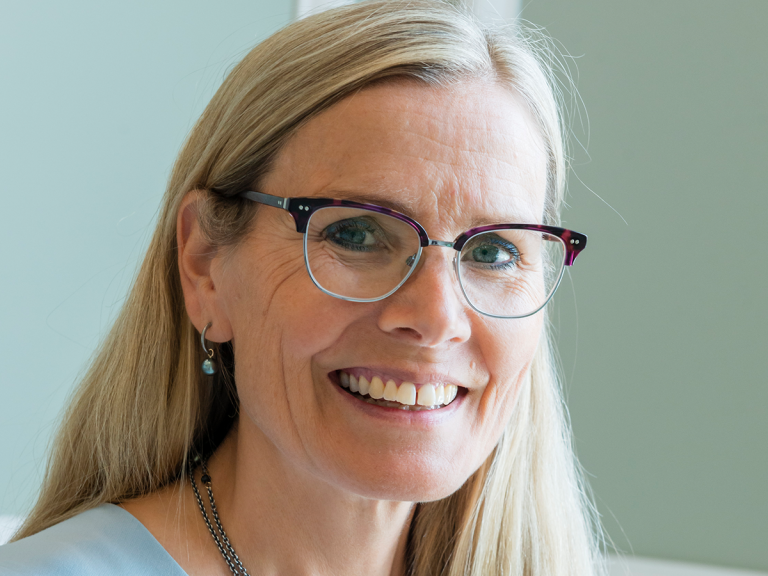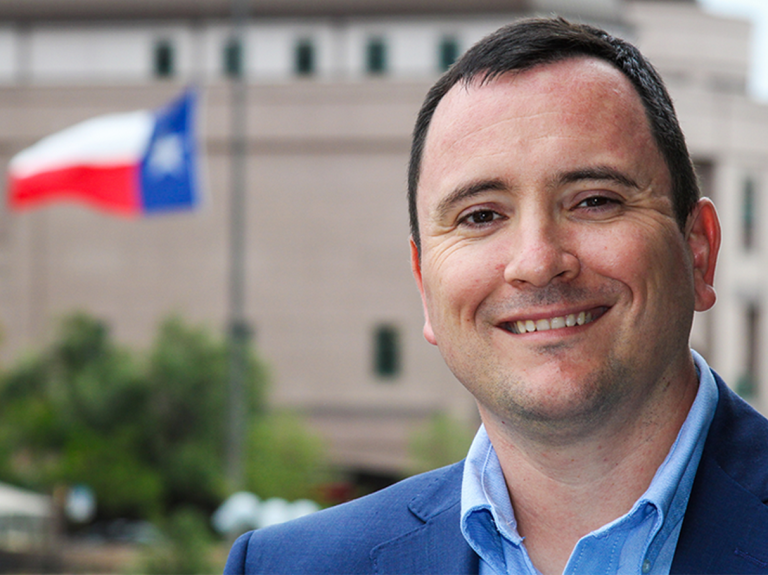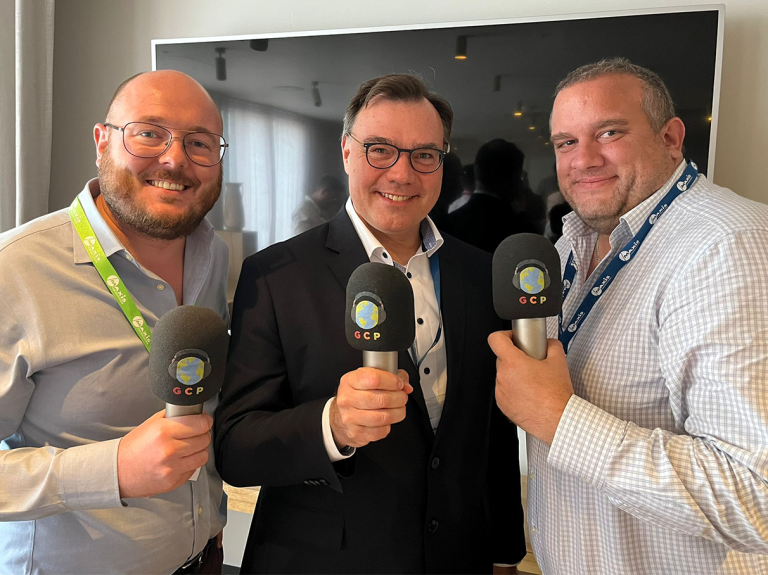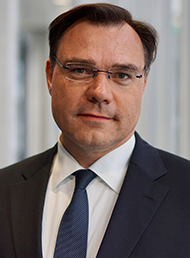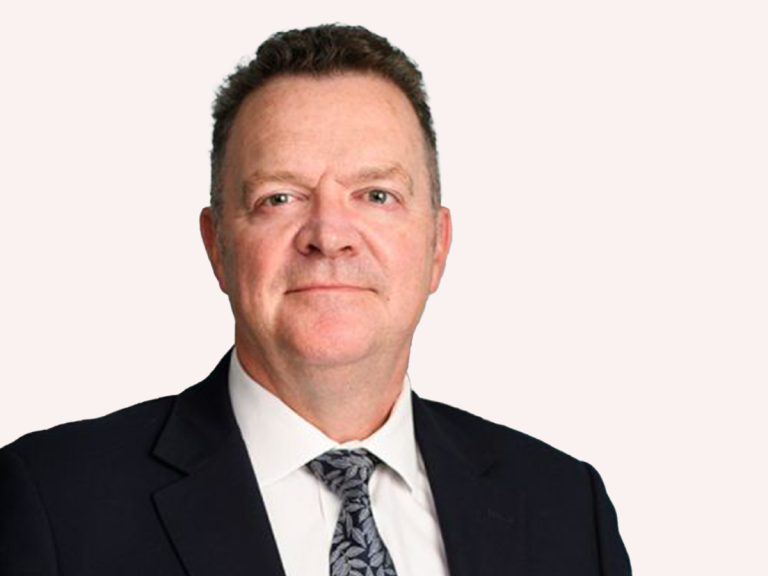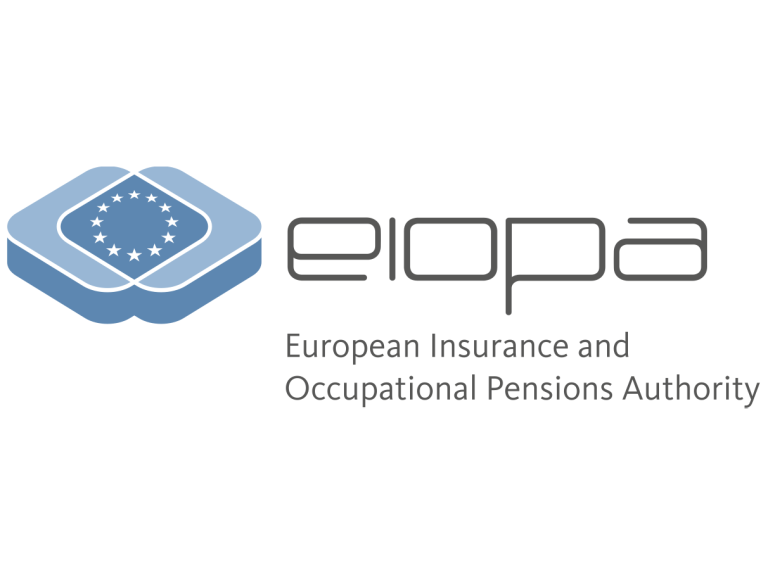Great Britain’s terrorism reinsurance pool, Pool Re, has renewed its reinsurance broking contract with Guy Carpenter for three years, with an option to run to five.
Pool Re’s reinsurance covers property damage arising from nuclear, biological, chemical, and radiological attacks (CBRN), as well as property damage arising from cyber-triggered terrorist losses and conventional terrorist acts, and non-damage business interruption.
Any type of insurer, including captives, that cover terrorism risk in the UK can access the Pool Re reinsurance fund. Captives in various domiciles are members of Pool Re.
Pool Re’s reinsurance is estimated to underpin around 90% of the commercial property terrorism cover in Great Britain, protecting more than £2tn of assets belonging to businesses of all sizes across a range of sectors.
“The reinsurance that Pool Re buys is a fundamental part of our effort to find proactive ways to return risk to the market which is, in turn, a pre-condition of the unlimited financial support we continue to receive from HMT,” said Tom Clementi, CEO of Pool Re.
“Our reinsurance programme, which is the largest terrorism reinsurance programme in the world and has included two ground-breaking ILS deals, is core to our strategy and we are delighted to have reappointed Guy Carpenter as our reinsurance broker.”
He highlighted that Guy Carpenter has “significant skills and experience” in this area and will continue to be an important partner.
Guy Carpenter will support Pool Re in returning risk and premium to the private sector and comes as Pool Re seeks to modernise its treaty arrangements.
“We are delighted to be able to continue our long partnership with Pool Re which has seen the company achieve so much with the support of our terrorism and public sector focused practices,” said Paul Moody, CEO of Guy Carpenter, UK.
“The next few years will once again be pivotal for Pool Re and we are proud that they have chosen to work with Guy Carpenter on this next phase of their journey.”


